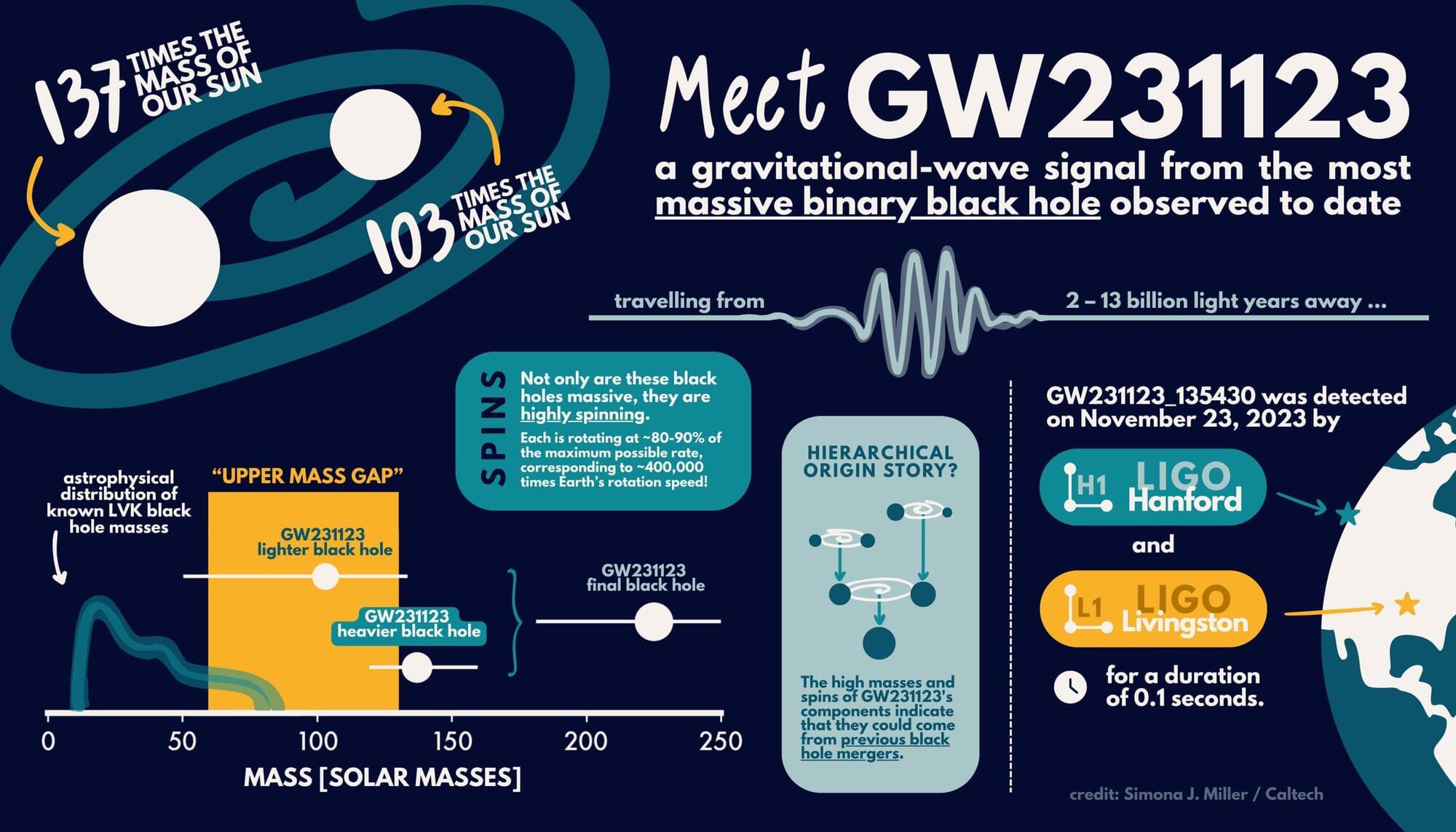In a recent contest, teams of researchers competed to see who could train an AI model to best pilot a spaceship. The results suggest that an era of autonomous space exploration may be closer than we think.




Plastics are a prevalent and persistent pollutant in the environment. As plastic production increases, finding ways to degrade these recalcitrant polymers is paramount. Many terrestrial fungi, across the kingdom, degrade various types of plastic. Plastics are the fastest-growing habitat in the oceans, and we hypothesized that fungi isolated from the ocean would demonstrate high success rates in degrading polyurethane (PU). To test this, visual degradation assays were performed by inoculating 1% PU medium with 68 different fungal strains cultured from marine habitats. The area of clearance of the fungus was measured periodically, to determine a relative degradation rate. Of the 68 fungal strains, 42 demonstrated the ability to degrade PU.

Significant brain defects known as Chiari malformations could be down the genes some of us have inherited from Neanderthals, according to a new study, causing a mismatch between brain shape and skull shape.
The study focuses on Chiari malformation type I (CM-I), where the lower part of the brain extends too far into the spinal cord – typically linked to having a smaller-than-normal occipital bone at the back of the skull. It can lead to headaches, neck pain, and more serious conditions, and is thought to affect up to 1 in 100 people.
Several other ancient human species had different skull shapes to our own, and a previous study published in 2013 put forward the idea that interbreeding between Homo sapiens and these other hominins may be a root cause of Chiari malformation type I (CM-I), the mildest type of the group.


Memczak, S., Izpisua Belmonte, J.C. & Graepel, T. Escaping ageing through Cell Annealing—a phenomenological model. Cell Res (2025). https://doi.org/10.1038/s41422-025-01138-z.

The tests included missions to multiple destinations including Mount Lubań and altitudes of 4,000 feet.
In a test to reach remote locations, the Jetson electric vertical takeoff and landing vehicle reached the summit in fewer than four minutes.
The testing occurred in strong and gusty crosswind conditions peaking at 36 mph.


The LIGO-Virgo-KAGRA (LVK) Collaboration has detected the merger of the most massive black holes ever observed with gravitational waves using the LIGO observatories. The powerful merger produced a final black hole approximately 225 times the mass of our sun. The signal, designated GW231123, was detected during the fourth observing run of the LVK network on November 23, 2023.
LIGO, the Laser Interferometer Gravitational-wave Observatory, made history in 2015 when it made the first-ever direct detection of gravitational waves, ripples in space-time. In that case, the waves emanated from a black hole merger that resulted in a final black hole 62 times the mass of our sun. The signal was detected jointly by the twin detectors of LIGO, one located in Livingston, Louisiana, and the other in Hanford, Washington.
Since then, the LIGO team has teamed up with partners at the Virgo detector in Italy and KAGRA (Kamioka Gravitational Wave Detector) in Japan to form the LVK Collaboration. These detectors have collectively observed more than 200 black hole mergers in their fourth run, and about 300 in total since the start of the first run in 2015.